Tips for Macro Flower Photography (Abstract Flowers)
Macro Flower Photography Equipment
Choosing the right equipment for macro flower photography
is something really personal. At the end of the day, it’s about what
works best for you. But that doesn’t mean we can’t help you make a wise
choice.
Camera body, macro lenses, diffuser, reflector, tripod and shutter release are essential pieces of gear for taking macro photos of flowers. But you should also take into account portability.
Long nature walks carrying heavy equipment are not something I like to do, so I try to reduce my gear to the minimum.
Most of the time I carry just my camera with a 100mm macro lens, a small and lightweight tripod, an IR shutter release and a couple of sheets of white and wax paper. I use these as natural light reflectors and diffusers.
Whenever possible, I try to bring more gear with me but this essential kit has never failed me.
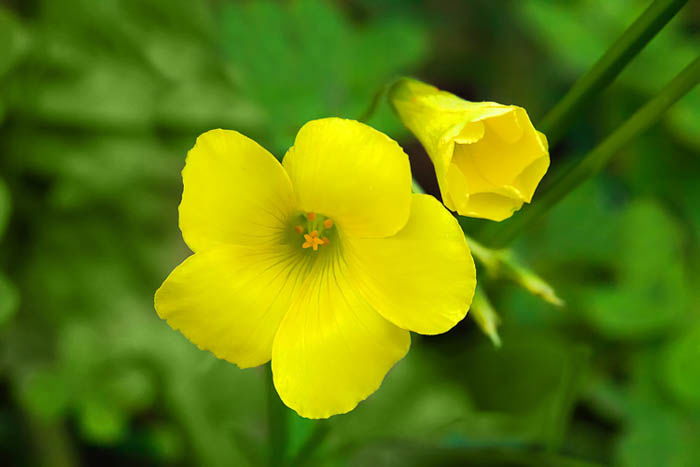
Planning
Macro flower photography depends a lot on location, weather conditions and time of day. Being one step ahead and planning are key factors in shooting flowers.
I try to scout the place and check the weather conditions in advance.
Calculating the best time of the day to photograph is also important.
This will affect the harshness and color temperature of sunlight.
Early morning and late afternoon have a softer light than midday. And the end of the day has a warmer light than the morning.
Spring is for me the best time for flower photography. The conditions
are optimal, the sun is shining and the flowers are blooming.
But it doesn’t mean the other seasons can’t offer great images. This
next picture was photographed in wintertime with early morning
raindrops.

Macro Flower Photography Composition
With such a tight framing, composition assumes a dominant role in the image. Following the rule of thirds and using negative space are great ways to create interest in your image.
Finding the right angle is not easy. I always take a look through a
handheld camera and only set up a tripod when I find the right spot.
It’s also important to find the right angle to create volume. Photographing flowers can look really flat. Try to capture macro shots in different angles.
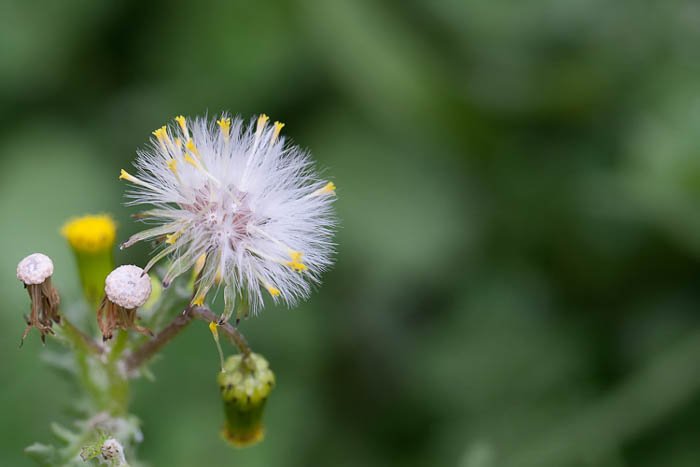
Depth of field
Controlling the distance between
the nearest and the farthest objects in focus on the scene provides a
great way to create interest in your image. It allows for background
separation and a cleaner composition without distracting elements.
Both of these images were photographed with the same camera body and lens combination. The only difference is the f stop used.
The left image was photographed with f/32 while the right image was photographed with f/5.6. This produced a shallower depth of field and better background separation. The resulting image is by far more interesting.

Shutter speed
It might seem that flowers don’t move much. But even the slightest breeze can create a motion blur effect when photographing close-up or at such a close distance.
Even with the camera mounted on a tripod, it is really important to determine the right shutter speed to freeze the action.
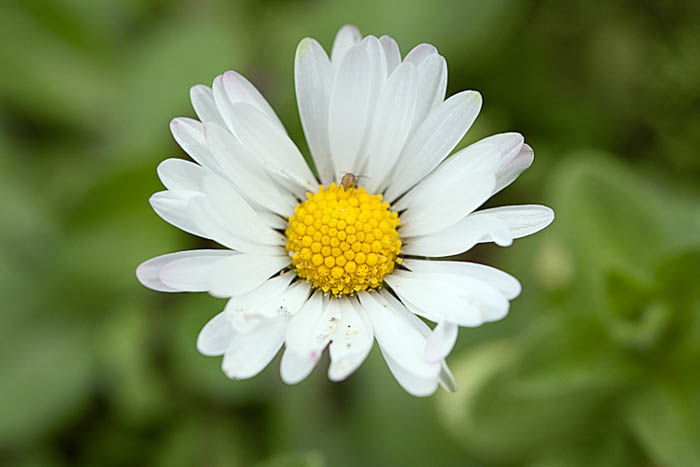
Natural light control
Even though natural light is created by the sun, it can look very
different depending on many factors. Weather conditions, time of the day
and season can affect it.
Reflecting or diffusing are simple ways to control this light. You can
do this with simple and easily available objects if you don’t have a
reflector kit.
A white sheet of paper or foam board can reflect light, creating a fill
effect. At the same time, translucent wax paper can diffuse the light to
create a softening effect.
The next images show the difference between direct harsh sunlight (left) and that same light softened with a diffuser (right).

Manual vs Auto-Focus
Creating the right focus point on photos of flowers is not an easy task. Auto-focus often gets confused by focus points overload. And in macro photography distances a couple of millimetres might be enough to have the wrong focus point.
Manual focus is the way to go if are using a tripod and have control of the camera’s positioning.
Auto-focus is essential for handheld shots but you should use the
One-Shot AF option. This is a more reliable focusing method because it
locks focus, while AI Servo does not.

LED lighting
Even though I prefer to use natural
light, sometimes sunlight is just not enough light. This is when you
need to resort to artificial light.
LED lighting has come a long way. Nowadays, it is the main source for continuous artificial photography lighting.
I use a light system that consists of two articulated arms with small LED bulbs.
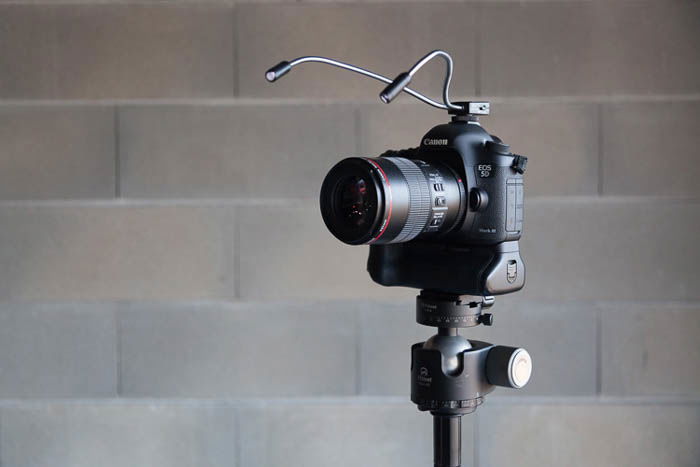
These LEDs create precise light spots on the image. They add texture and
volume to the images of flowers making it a lot more interesting.
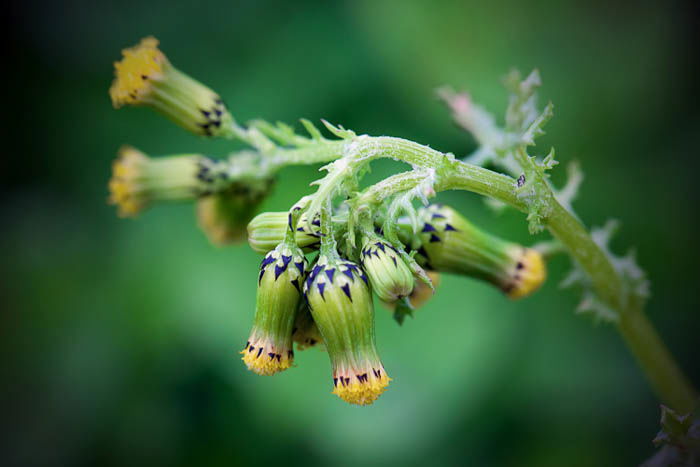
Flash lighting
When LEDs are not enough, flash lighting comes to the rescue. It is a lot more powerful and offers different possibilities.
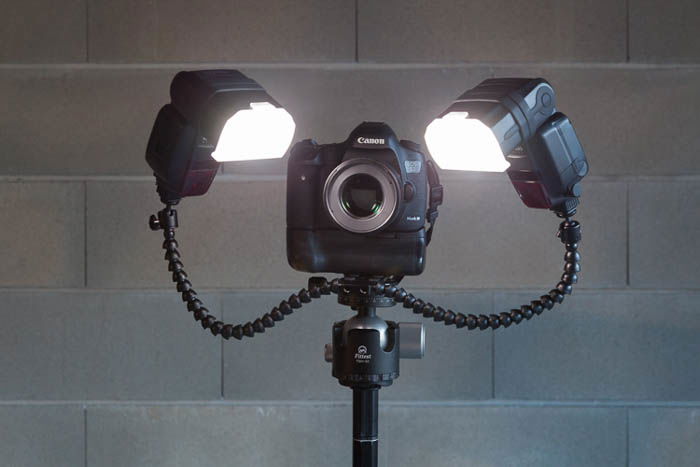
This twin light system overpowers natural light most of the time. It results in images with a more artificial look.
But it also freezes movement. This allows us to create images that would be otherwise impossible due to insufficient light.
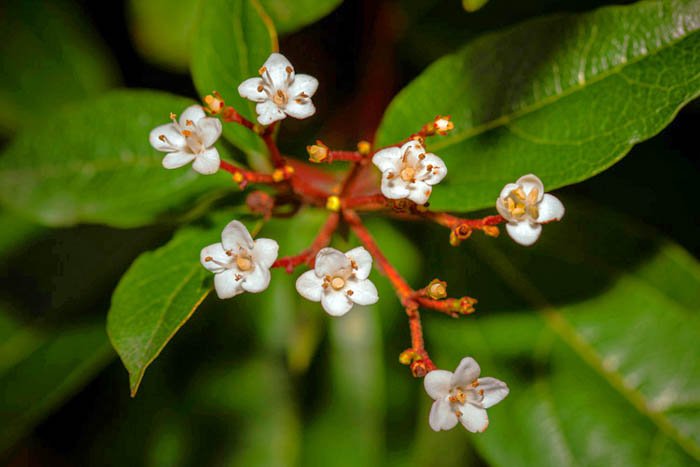
Abstract Macro Photos
The macro world is always a fascinating one. From insects to food, it offers endless photographic opportunities.
We can relate to things that we are able to see with the naked eyes.
When we increase the magnification things rapidly become abstract to us.
And that makes them interesting.
The abstract factor can be the theme for some amazing images. What starts as plain flower photography quickly becomes a work of art.
All you have to do is increase the magnification scale.
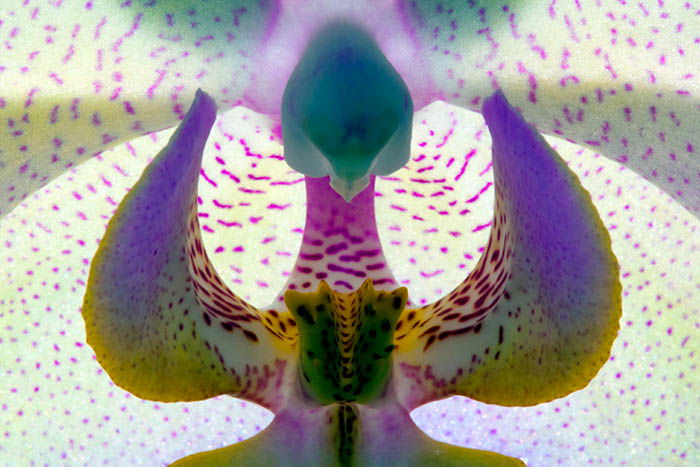
So there you have it. These simple tips for macro flower photography
will for sure set you on the right track to some amazing flower images.
Go out there and give it a try!
----------------------------------------------------------------------------------

No comments:
Post a Comment
Note: Only a member of this blog may post a comment.